“It is not the violence of the few that scares me. It is the silence of the majority.” – Martin Luther King, Jr. Civilians become victims of war for two reasons: firstly, because of the perpetrators, and secondly, because the communities who had the capacity to stop the crimes have failed to do so.
 War crimes, and crimes and humanity and peace were atrocities that plagued the Darfur conflict (2003-2010), the Iraq war (2003-2011), the Gaza war (2008-2009), the Sri Lankan civil war (2009), and the Syrian civil war (2011-present). However, these wars shared another similarity – they witnessed the repetitive systemic failure of the United Nations (UN) in protecting civilians in the conflict zones. As such, the lack of responsibility portrayed by the UN at international law for failing in its duties questions its fundamental aim of “keeping peace throughout the world”.
War crimes, and crimes and humanity and peace were atrocities that plagued the Darfur conflict (2003-2010), the Iraq war (2003-2011), the Gaza war (2008-2009), the Sri Lankan civil war (2009), and the Syrian civil war (2011-present). However, these wars shared another similarity – they witnessed the repetitive systemic failure of the United Nations (UN) in protecting civilians in the conflict zones. As such, the lack of responsibility portrayed by the UN at international law for failing in its duties questions its fundamental aim of “keeping peace throughout the world”.
This article argues that where the UN has failed in the given responsibility and power to impede crimes against civilian populations, the doctrine of command responsibility should be invoked to hold the UN accountable for its failure before the international community. This would be explored by way of a case study of the Sri Lankan war for reason that it endured the greatest non-interference by the UN during the final phase of the genocide of the Tamils in Sri Lanka.
Sri Lanka: 40,000 deaths in 2009 alone
The Report of the Secretary-General’s Internal Review Panel on United Nations Action in Sri Lanka dated November 2012 recorded that the 26-year old ethnic conflict which ended on 17 May 2009 between the Sri Lankan government and the Liberation Tigers of Tamil Eelam (LTTE) suffered over 100, 000 deaths and 40, 000 of these deaths occurred between January and May 2009 alone.
When the conflict entered its final stages in September 2008, the government officially declared that it could no longer guarantee the safety of the UN staff in the Vanni. The Vanni, encompassing the districts of Mannar, Mullaitivu, Vavuniya and Kilinochchi, was the mainland area of the Northern Province under the LTTE control. Prior to this warning, the government made attempts to restrict the access of non-governmental organisations (NGOs) to the Vanni area. Three weeks ensuing the warning, all international staff were withdrawn by the UN, effectively terminating UN’s assistance operations from within the Vanni.
According to the Report, the UN was aware that many families had sought refuge in Kilinochchi town as the “presence of international organisations formed the belief that this would contribute to some certainty of physical security”. The inherent concern was that “the moment humanitarian organizations abandon the town, Kilinochchi town would be bombed by the government and that the physical security of the civilian population will be at increased risk”. It was also stated that the “absence of the UN would result in no one to bear witness to incidents”.
Military Offensive
 In October 2008 the UN agreed with the government and the LTTE that weekly convoys of humanitarian assistance would be sent to the Vanni, despite the organisation of the convoys being logistically complex and demanding. Following the capture of the remainder of the Jaffna peninsula by the government, all attempts of delivering humanitarian assistance by land was ended as the 11th and last convoy was subject to heavy artillery fire and close proximity shelling by the government. Simultaneously, increasingly difficult living conditions caused by the monsoon resulted in tens of thousands of internally displaced persons (IDPs) who had no access to latrines and little to no shelter. By March 2009, the lack of food and medical care had caused the deaths of thousands.
In October 2008 the UN agreed with the government and the LTTE that weekly convoys of humanitarian assistance would be sent to the Vanni, despite the organisation of the convoys being logistically complex and demanding. Following the capture of the remainder of the Jaffna peninsula by the government, all attempts of delivering humanitarian assistance by land was ended as the 11th and last convoy was subject to heavy artillery fire and close proximity shelling by the government. Simultaneously, increasingly difficult living conditions caused by the monsoon resulted in tens of thousands of internally displaced persons (IDPs) who had no access to latrines and little to no shelter. By March 2009, the lack of food and medical care had caused the deaths of thousands.
The death toll increased as government forces pursued their military offensive against the civilians, forcing them into government-declared No Fire Zones (NFZs) and then proceeded to assault the NFZs with aerial bombardment, long-range artillery, howitzers, MBRLs (unguided missile systems), small mortars, rocket propelled grenades (RPGs), and small arms fire.
With the intention of not wanting to prejudice humanitarian access by criticising the government, the UN remained silent over the government’s conduct. Many public statements and reports were issued by the UN, accusing the LTTE of committing human rights and international humanitarian law violations whilst almost omitting to explicitly mention the government’s responsibility for the violations of international law.
When the senior UN officials were contacted for their help in facilitating surrenders in during last phase of the war in early May 2009, other LTTE leaders were advocating for a ceasefire instead. The Chef de Cabinet requested the government to allow him to fly into the conflict zone to witness surrenders and act as a guarantor of safe passage. However, the government refused and the UN believed it could not attempt further follow-up.
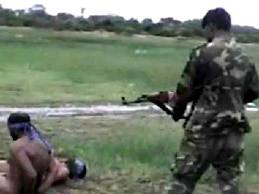 Throughout the final stages of the conflict, Member States of the UN did not hold a single formal meeting on Sri Lanka, whether at the Security Council, the Human Rights Council or the General Assembly. There were several “informal interactive dialogue” meetings held by the Security Council for which there were no written records and no formal outcomes. At the meetings, secretariat officials failed to emphasise the responsibilities of the government or distinctly explain the link between government and LTTE action. Full information on the deaths of civilians was not given either. Only three days before the end of the conflict the Security Council issued a press statement stating that the death toll of the civilians was “unusually high” and that most of the deaths and injuries were caused by the government.
Throughout the final stages of the conflict, Member States of the UN did not hold a single formal meeting on Sri Lanka, whether at the Security Council, the Human Rights Council or the General Assembly. There were several “informal interactive dialogue” meetings held by the Security Council for which there were no written records and no formal outcomes. At the meetings, secretariat officials failed to emphasise the responsibilities of the government or distinctly explain the link between government and LTTE action. Full information on the deaths of civilians was not given either. Only three days before the end of the conflict the Security Council issued a press statement stating that the death toll of the civilians was “unusually high” and that most of the deaths and injuries were caused by the government.
Command responsibility
The doctrine of command responsibility owes its jurisprudence to both the Nuremberg Tribunals and the International Military Tribunal for the Far East (IMTFE). The principles of this doctrine have been affirmed by the International Criminal Tribunal for the Former Yugoslavia (ICTY) and the International Criminal Tribunal for Rwanda (ICTR) in the cases of Re Yamashita [327 US 1 (1946)] and Trial of Wilhelm von Leeb et. al. (1949). According to Protocol 1 to the Geneva Conventions which codified command responsibility:
“…any commander who is aware that subordinates or other persons under his control are going to commit or have committed a breach of the Conventions or of this Protocol, to initiate such steps as are necessary to prevent such violations of the Conventions or this Protocol, and, where appropriate, to initiate disciplinary or penal action against violators thereof.”
There are two branches of command responsibility: the first is where a Commander is responsible for the acts of his/her subordinates; and secondly, where the Commander is responsible for crimes committed within the Commander’s territory. Should either of these elements be satisfied, then this doctrine can be successfully invoked against the Commander or the official in-charge.
For purposes of this article, the responsibilities of officials in-charge over territories will be examined. For instance, in the case of Trial of Wilhelm List et al.,(1949), it was held that a Commander’s responsibility extends beyond his subordinates to encompass peace and order over the territory as a whole. His responsibility is general and not limited to a control of units directly under his command. Hence, to hold the UN liable, it is necessary to prove that the UN’s senior officials had knowledge of the crimes, effective control or the ability to take action to prevent their commission, and finally that they had failed to take such action.
UN Knew What was Coming
The UN’s knowledge of the on-going civilian attacks by the government is evident as by the end of January 2009, deaths and injuries were subject to systemic UN monitoring. The February 9 mission report by the UN staff members to the Under-Secretary-General for Political Affairs estimated 1, 000 civilian deaths and 3, 000 civilians injured during the period between January 20 and February 5.
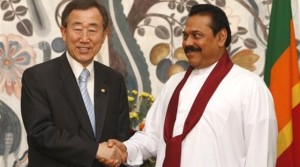 On March 9, another report by the Resident Coordinator (RC) and several United Nations Country Team (UNCT) officials recorded that the “total minimum number of documented civilian casualties between January 20 and March 2, 2009, in Mullaithivu District” was 2,683 deaths and 7,241 injuries, of which two-thirds occurred within the 14 km² NFZ. Additionally, the satellite photos taken by the United Nations Institute for Training and Research illustrated repetitive government offensive by means of heavy artillery on civilians and the successive photographs depicted the rapid increment of deaths in the Vanni.
On March 9, another report by the Resident Coordinator (RC) and several United Nations Country Team (UNCT) officials recorded that the “total minimum number of documented civilian casualties between January 20 and March 2, 2009, in Mullaithivu District” was 2,683 deaths and 7,241 injuries, of which two-thirds occurred within the 14 km² NFZ. Additionally, the satellite photos taken by the United Nations Institute for Training and Research illustrated repetitive government offensive by means of heavy artillery on civilians and the successive photographs depicted the rapid increment of deaths in the Vanni.
The UN’s clear and undistorted knowledge pertaining to the deaths and injuries suffered is therefore undeniable. However, was this catastrophe under the effective control of the UN? Or did the UN have the ability to take action to prevent the commission of the war crimes?
According to the Final Report of the Commission of Inquiry into the Events at the Refugee Camps in Beirut dated February 7, 1983 (also known as the Kahan Report), “the responsibility must be placed not just on the perpetrators, but also on those who could and should have prevented the commission of those deeds which must be condemned.” As per this report, the element of effective control encompasses “the duty of the occupier, according to the rules of usual and customary international law, to do all it can to ensure the public’s well-being and security.”
In the circumstance of the final stages of the Sri Lankan war, the UN proved not have effective control as they had evacuated the Vanni in September 2008 and were also denied from providing humanitarian assistance ever since. However, the question to be raised is whether or not the UN’s lack of effective control over the state of affairs which consequentially facilitated the commission of the war crimes was deliberate and intentional.
The UN’s internal review panel stated that the pull-out was unnecessary as the UN entourage could have “relocated further up north as opposed to abandoning the south” which resulted in the “civilian population being left without protection or witness”. The panel added that simultaneously in Colombo, “many senior UN staff did not perceive the prevention of killing of civilians as their responsibility – and agency and department heads at the UNHQ were not instructing them otherwise”. The UN’s Panel of Experts (PoE) reported that the UN showed “sustained and institutionalised reluctance to stand up for the rights of the people they were mandated to assist”.
The Failure of UN
The case for the UN’s failure to act is also based on the facts that the UN had failed to deploy peacekeepers to Sri Lanka, there was a lack of formal meetings of the Security Council on Sri Lanka’s on-going civil war, and member states had failed to seriously address the genocide during the war. Above all, the UN displayed mute criticisms over the government’s conduct.
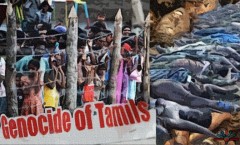 When the doctrine of command responsibility was invoked against the United Nations Protection Force (UNPROFOR) for the massacre of Srebrenica, it was found that the UNPROFOR had indeed breached its responsibility as they had knowledge of the crimes that were under their effective control, and despite that, they had failed to act. Perhaps, the case is not the same for the UN officials in Sri Lanka. The difference between the involvement of the UN in Srebrenica and Sri Lanka is that in the latter state, the UN chose not to have effective control, and this by itself is a clear breach of duty of care owed to the civilians.
When the doctrine of command responsibility was invoked against the United Nations Protection Force (UNPROFOR) for the massacre of Srebrenica, it was found that the UNPROFOR had indeed breached its responsibility as they had knowledge of the crimes that were under their effective control, and despite that, they had failed to act. Perhaps, the case is not the same for the UN officials in Sri Lanka. The difference between the involvement of the UN in Srebrenica and Sri Lanka is that in the latter state, the UN chose not to have effective control, and this by itself is a clear breach of duty of care owed to the civilians.
What is appalling is that the UN’s systemic failure of civilian protection occurs most when the permanent members of the UN’s Security Council stand to gain close to nothing from interfering in wars. While the genocide of over 100, 000 Sri Lankan Tamils was deprived of international outrage and humanitarian response from the international community, the comparatively handful 2, 996 deaths caused by the September 11 attacks on America’s World Trade Centre and the Pentagon in 2001 resulted in a worldwide outcry which saw the rallying of robust communities, waging war against terrorism. These double-standards undermine the jus cogens of fundamental human rights values and must not be condoned because no person’s right to life is more important than another’s.
While it is imperative that the UN being the custodian of human rights is given adequate support and acknowledgment for their peacekeeping efforts, the international community must be aware that the mandate the UN holds must be translated non-discriminately and proportionately into their peacekeeping operations. The repetitive systemic failure to prevent the commission of war crimes and to protect civilians in war zones must not be tolerated in any case. In doing so, it inadvertently condones the perpetrators. The choice of interference for the sake of civilian protection is no longer an option for the UN, lest the alternative would see the manifestation of evil.
*Anusha Arumugam is a third year law student at the University of Liverpool. First published in The Malaysian Insider.


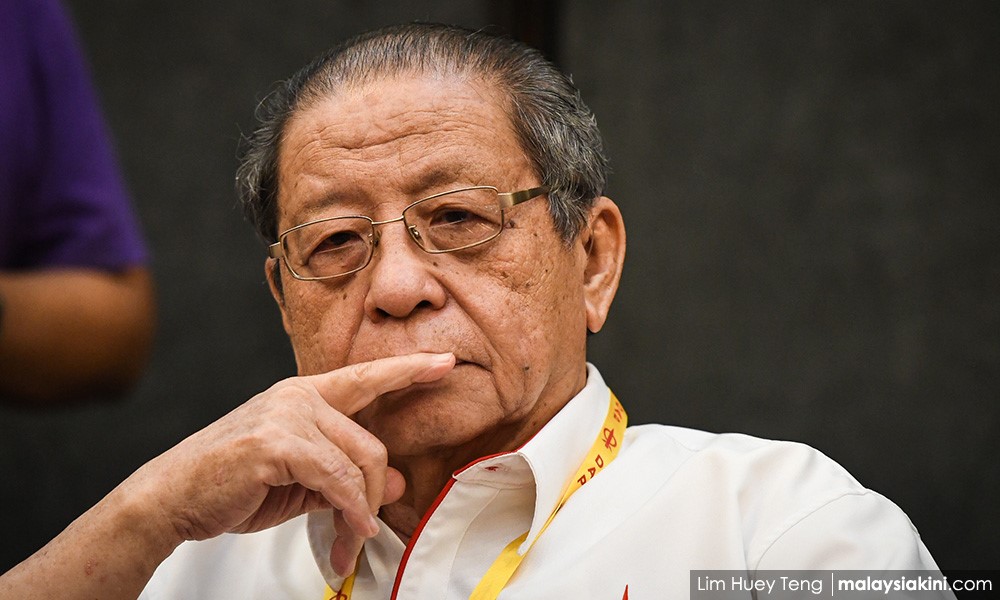
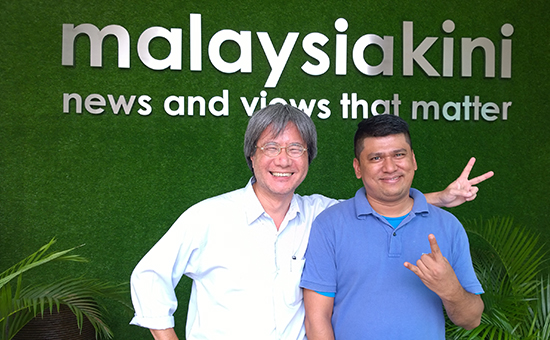

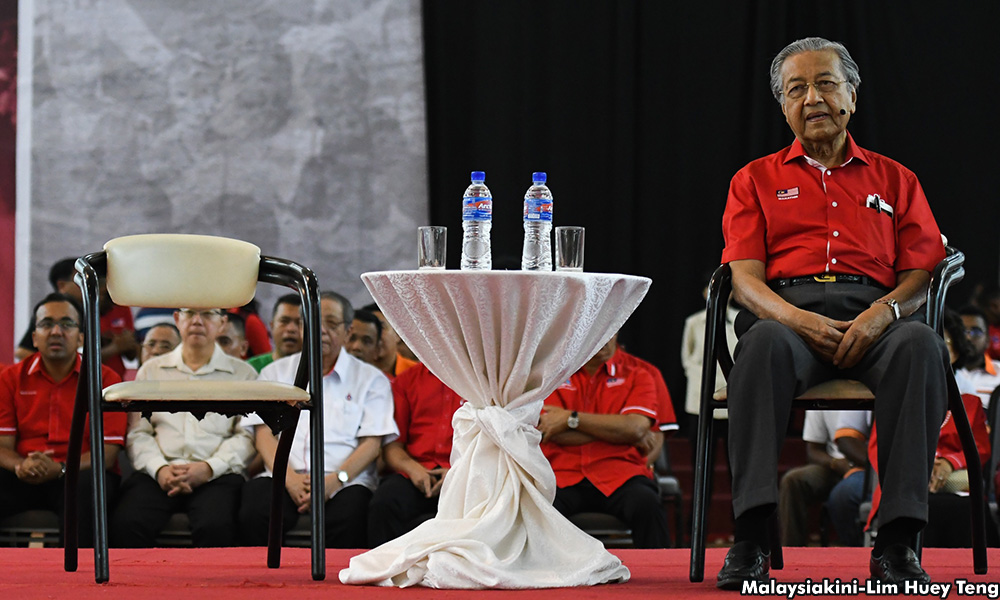
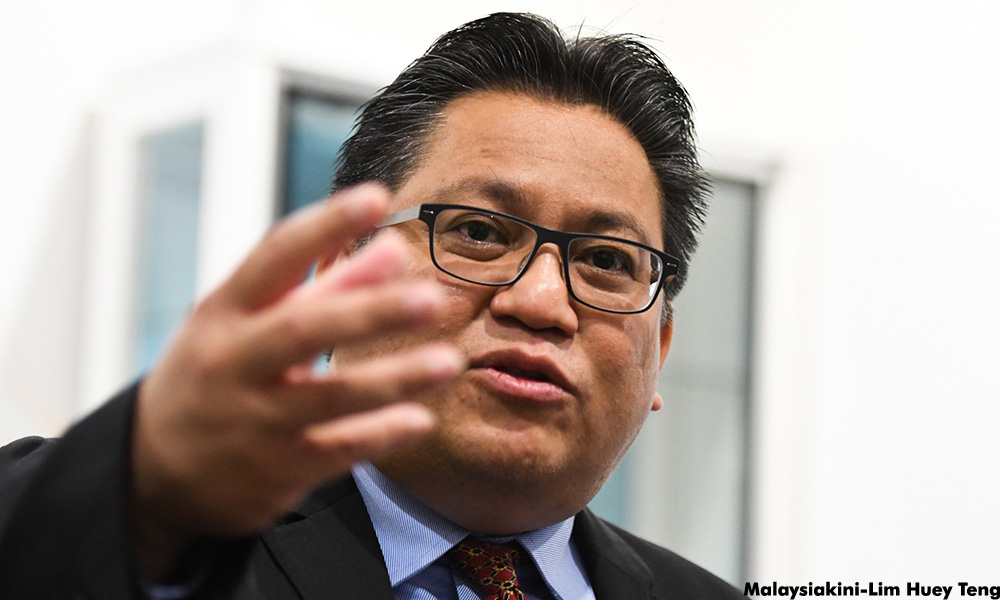


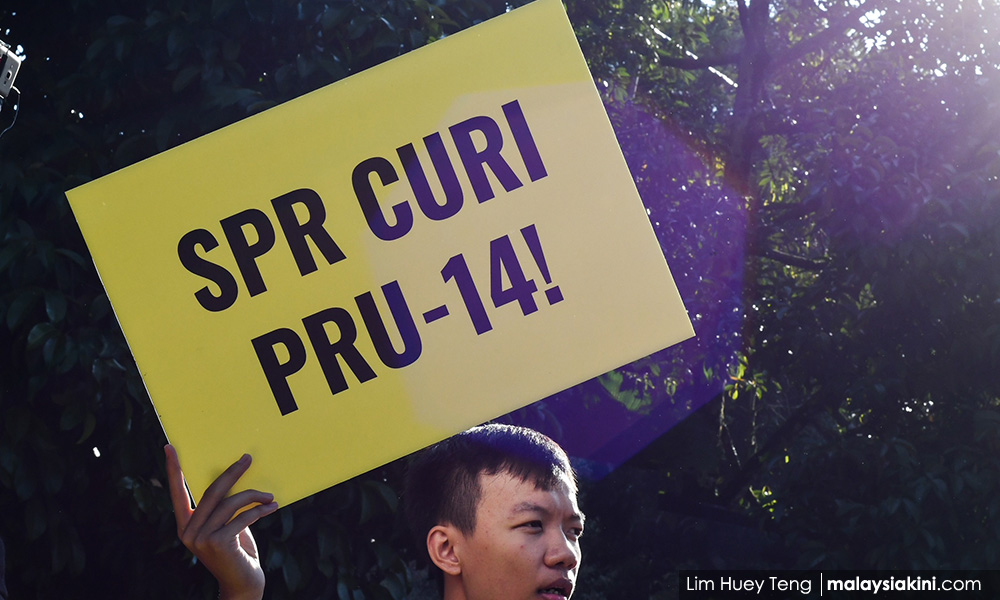
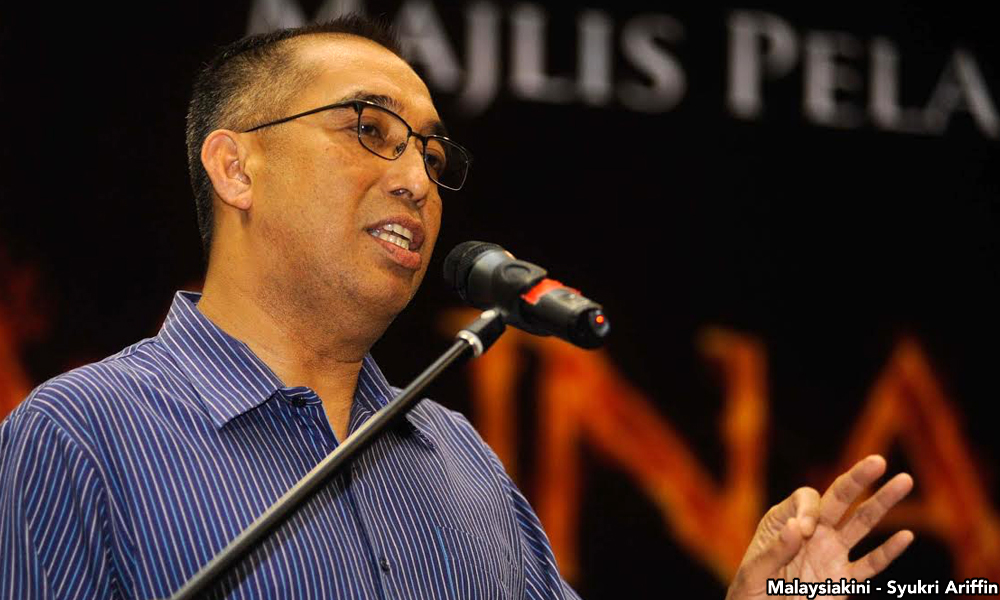
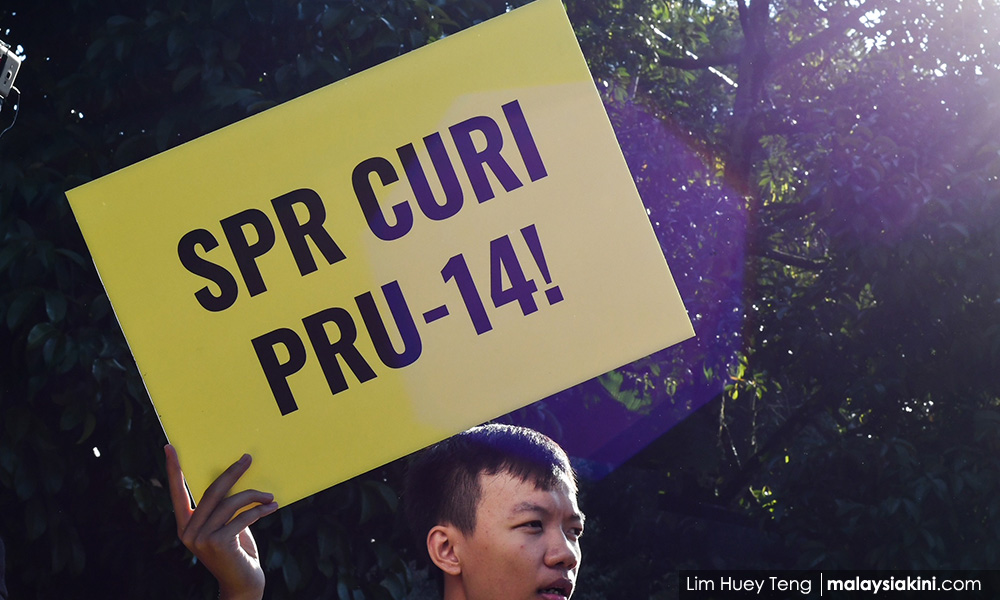
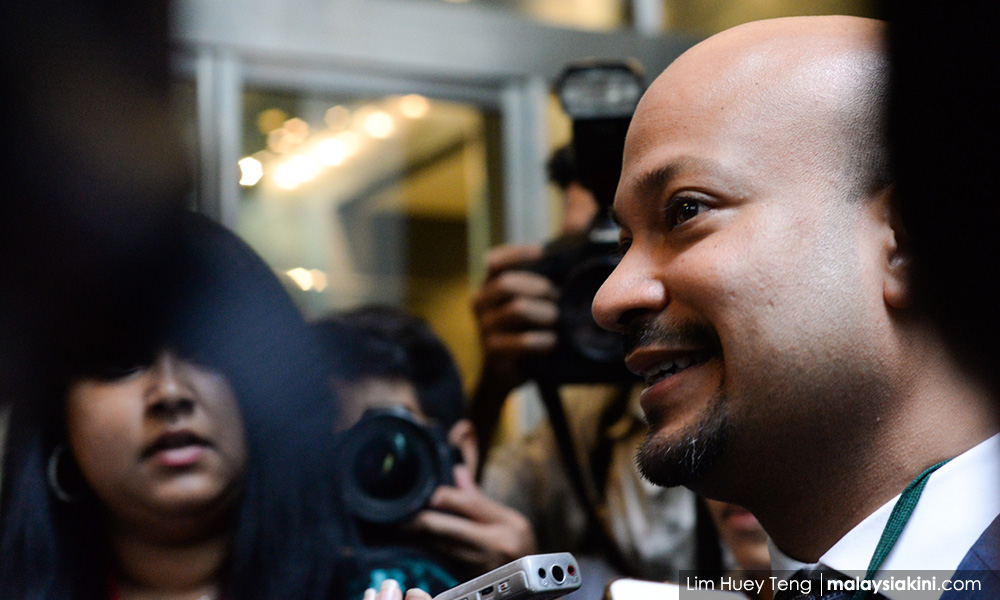
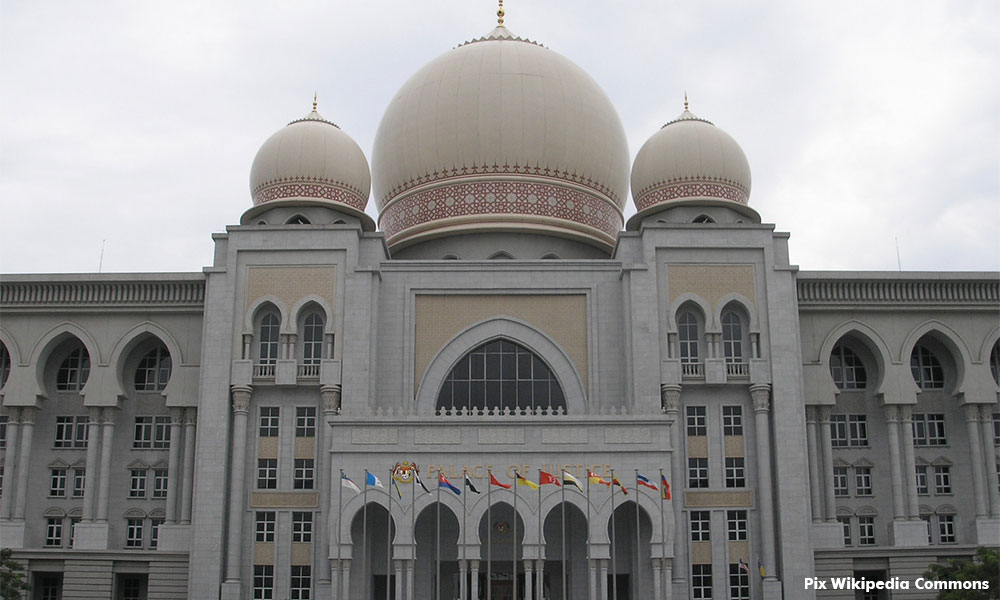
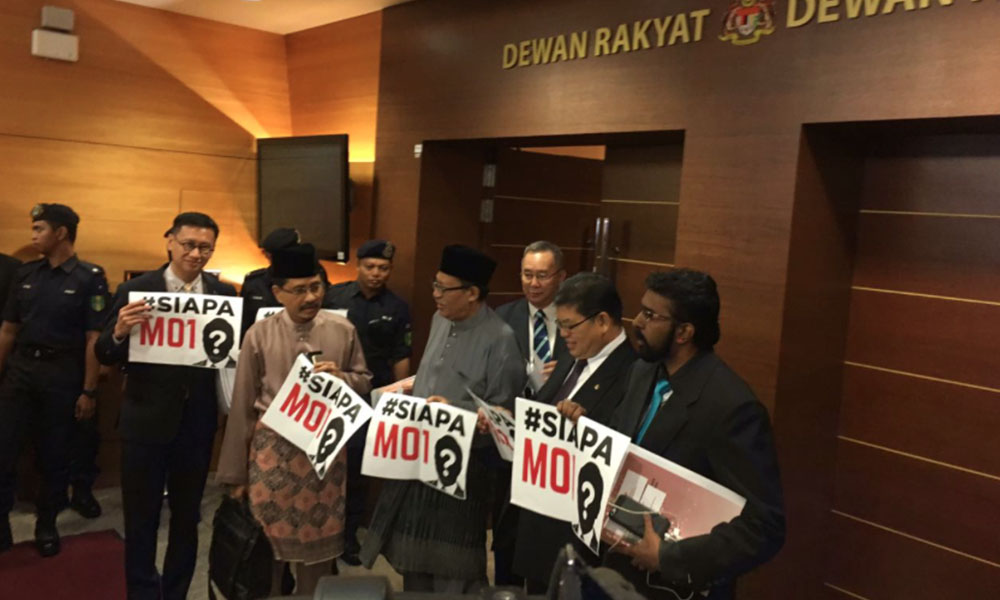
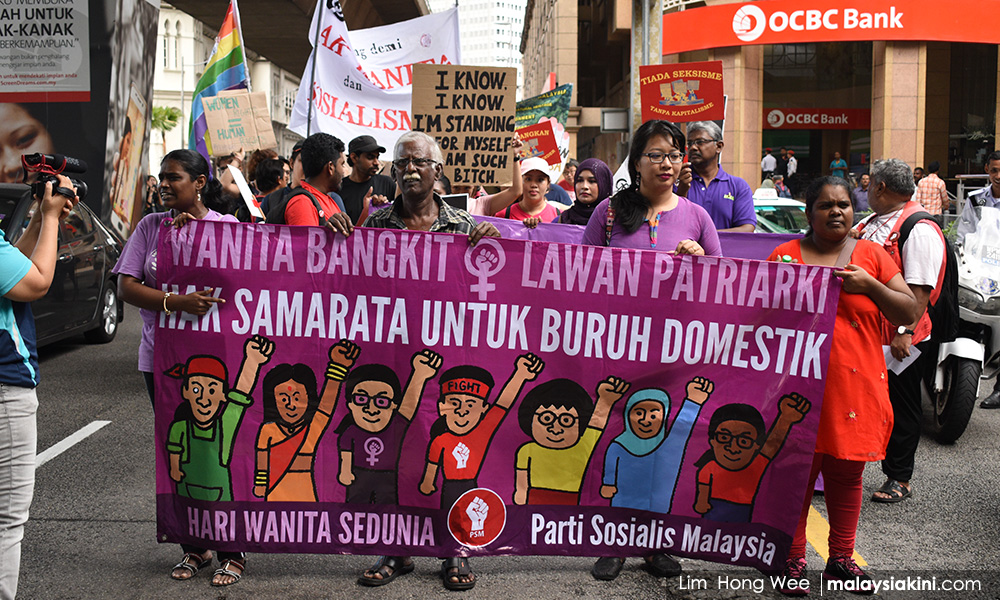
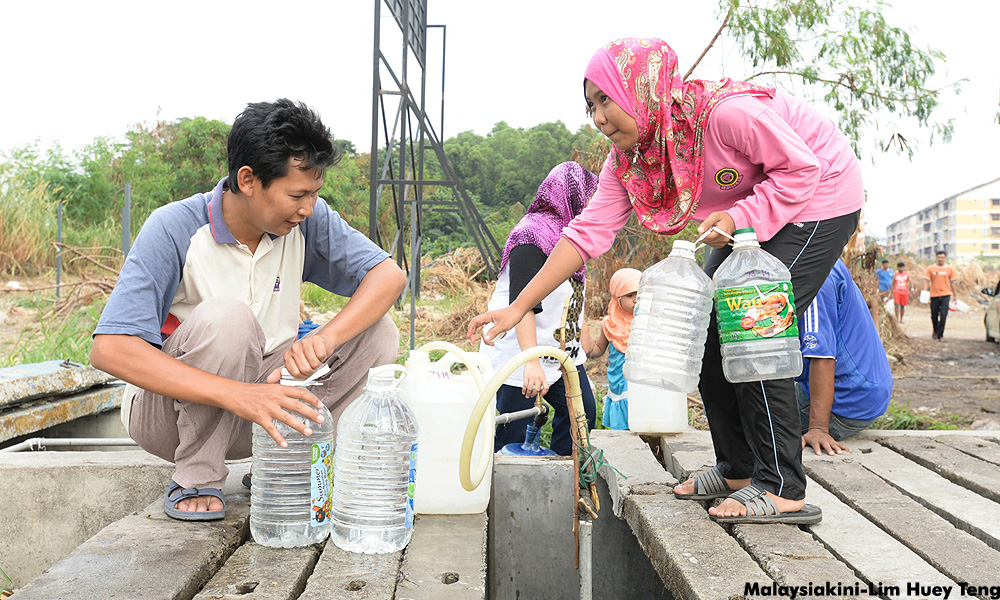

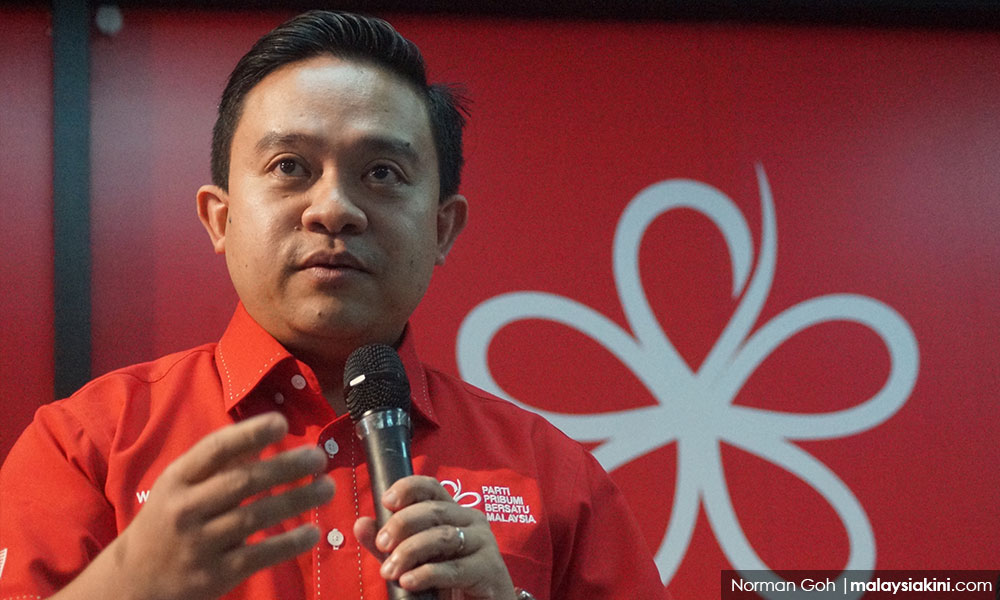
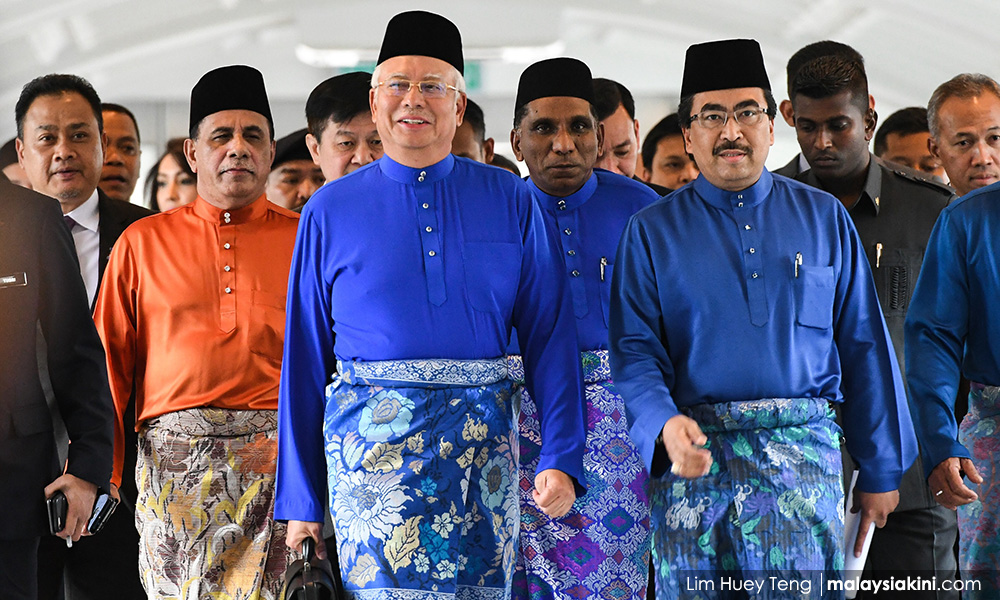
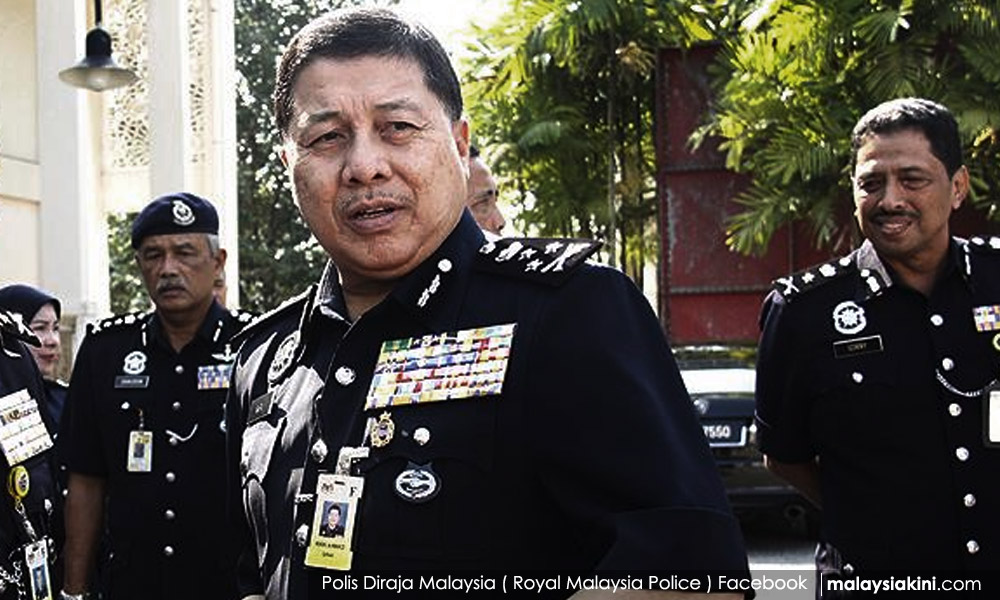
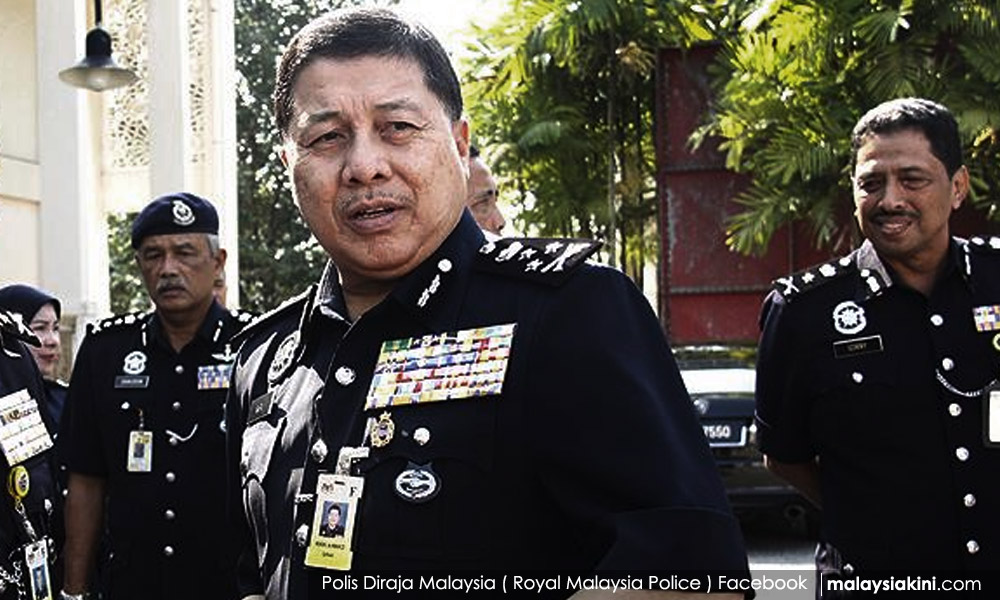
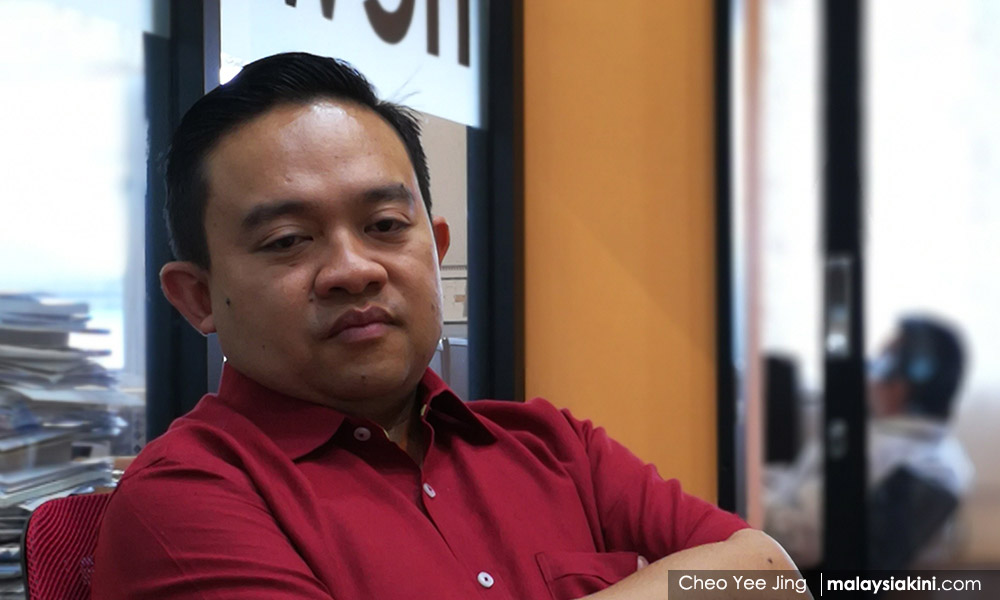
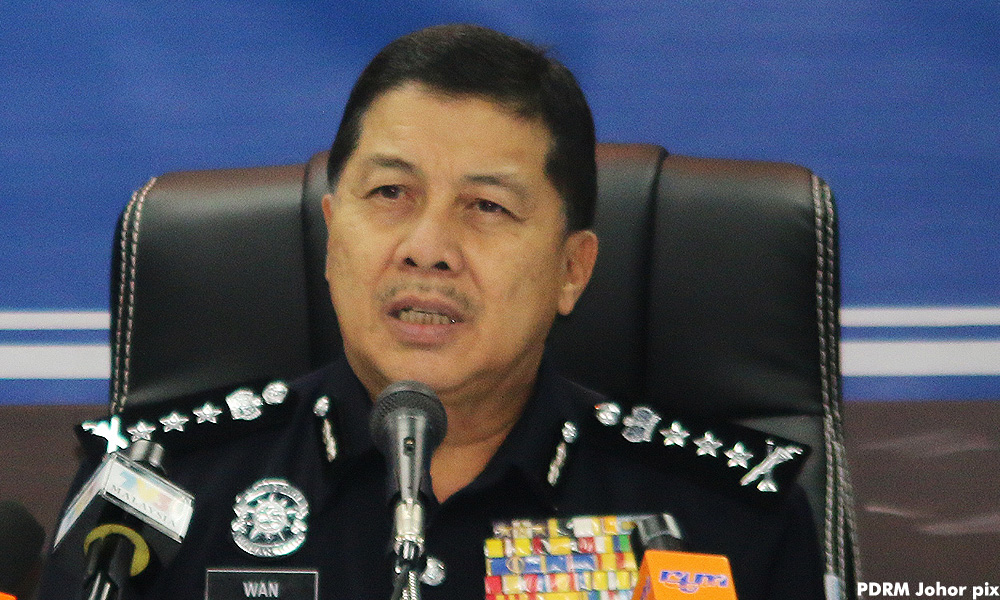
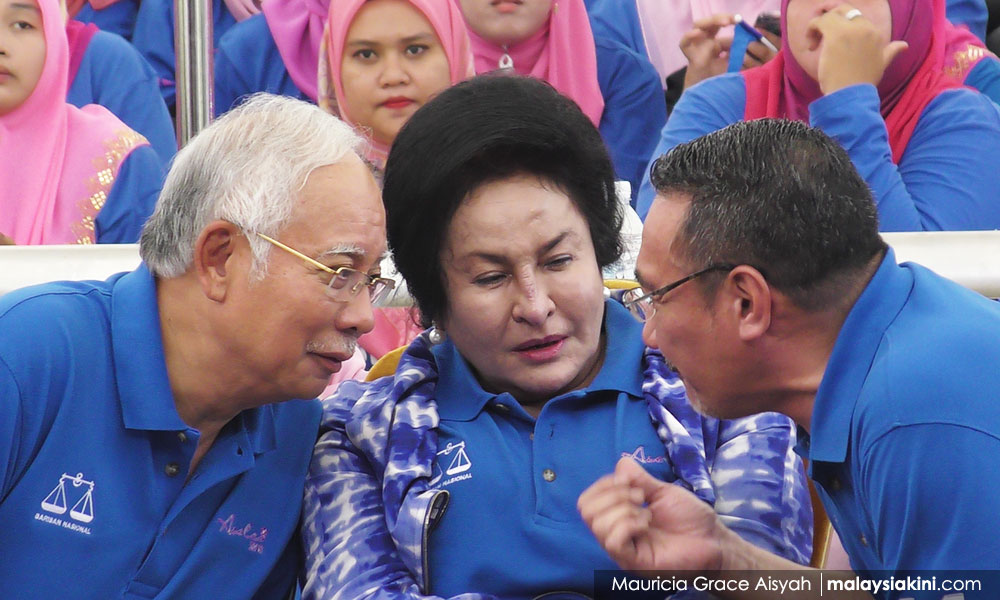
“It is not the violence of the few that scares me. It is the silence of the majority.” – Martin Luther King, Jr. – I Support this